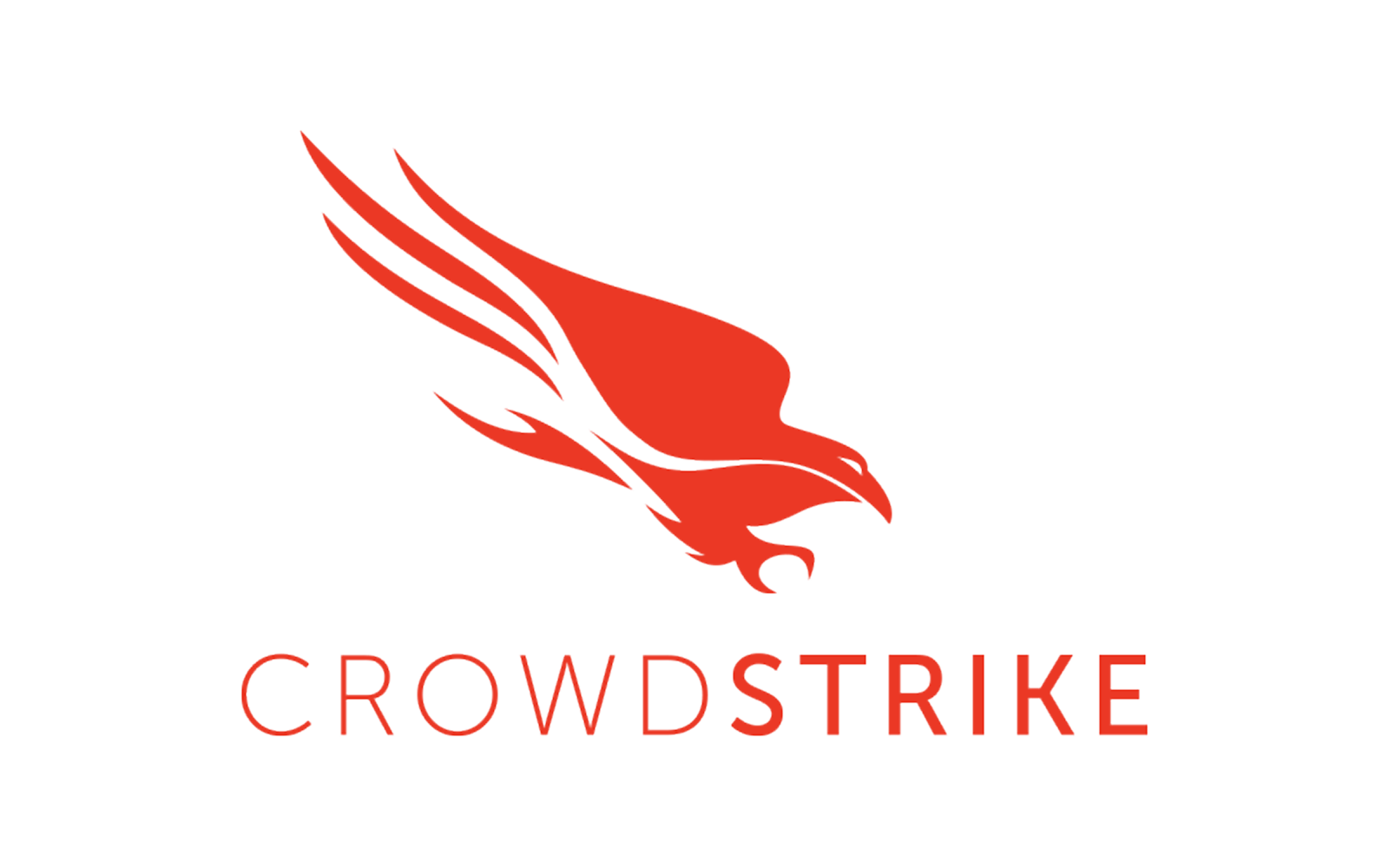
GLASSHOUSE SYSTEMS AND MISSION-CRITICAL BUSINESS FOCUS:
GlassHouse Systems operates firmly within the mission-critical space, offering cloud migrations, professional services, and managed services tailored for high-stakes, essential business operations. This focus on mission-critical workloads aligns with the organization’s commitment to providing robust, reliable, and secure IT solutions that directly impact client operations and their ability to generate revenue. When we work with these workloads, we secure substantial C-level buy-in, as the importance of maintaining these critical services is immediately understood and supported at the executive level.
Conversely, engagements involving non-mission-critical workloads often become less strategic from a business perspective. They frequently turn into technical experiments that, while beneficial from a technological standpoint, may not receive the same level of executive support or funding due to their lower perceived impact on immediate business operations.
MISSION-CRITICAL WORKLOADS
Definition: Mission-critical workloads are fundamental to an organization’s core operations, directly influencing its capacity to serve customers, generate revenue, and maintain operational continuity. Examples include ERP systems, customer-facing applications, financial transaction systems, and supply chain management.
Implications of Moving Mission-Critical Workloads to the Cloud: At GlassHouse Systems, moving mission-critical workloads to the IBM Cloud involves thorough planning and execution, focusing on:
· Reliability and Performance: These workloads demand consistent, high performance, which is achievable through IBM’s high-compute options such as IBM
Power Virtual Servers and Virtual Private Cloud (VPC). The architecture is designed to handle the demands of intensive workloads.
· Disaster Recovery and High Availability: We implement robust disaster recovery and high availability setups that leverage IBM Cloud’s capabilities, including Direct Link for secure, high-speed connectivity between on-premises and cloud environments, ensuring minimal downtime.
· Compliance and Security: Mission-critical workloads often face stringent compliance requirements. IBM Cloud’s extensive security features and compliance certifications align with the needs of industries where regulatory adherence is paramount, such as healthcare and finance.
In these contexts, GlassHouse Systems’ services secure critical executive sponsorship, as the value and importance of these workloads are directly tied to business continuity and success. Therefore, the support and funding at the C-level are typically strong and aligned with our services.
NON-MISSION-CRITICAL WORKLOADS
Definition: Non-mission-critical workloads are supportive, rather than essential, to the core operations. Examples include development and testing environments, marketing analytics, and internal collaboration tools. While these workloads contribute to the overall productivity and efficiency of the organization, downtime or delays typically do not halt essential operations.
Implications of Engaging with Non-Mission-Critical Workloads: When GlassHouse Systems engages with non-mission-critical workloads, the approach and context are markedly different:
· Perception as Experimental: Projects involving non-mission-critical workloads are often viewed as technical experiments. They do not generally attract the same level of executive interest or funding, as their impact on business operations is not immediately tangible or critical.
· Resource Allocation: Given the reduced executive backing, these projects often struggle with budget limitations and may not receive priority for advanced infrastructure or extensive professional services.
· Focus on Cost Efficiency: For non-mission-critical workloads, IBM Cloud’s scalability and flexible pricing can offer cost savings. However, due to the lower C-level visibility, these projects might not leverage the full extent of GlassHouse Systems’ offerings, as they are not seen as strategic initiatives.
While GlassHouse Systems has the technical capacity to support non-mission-critical workloads, such engagements often lack the strategic alignment and robust support found in mission-critical projects. Consequently, our value proposition and offerings are optimized when working on mission-critical workloads, where executive stakeholders recognize and invest in the business-critical nature of these systems.
CONCLUSION
For GlassHouse Systems, mission-critical workloads remain at the core of our business, driving cloud migrations, professional services, and managed services. These workloads receive strong C-level support due to their direct impact on business success. In contrast, non-mission-critical projects, while technologically relevant, often devolve into experiments with limited strategic backing. Therefore, GlassHouse Systems is best positioned to maximize value and impact through engagements that focus on the mission-critical aspects of IT infrastructure, where our expertise and services align with executive priorities and funding.
Related articles that might interest you:








.png)


-1.png)

-1.png)


.png)